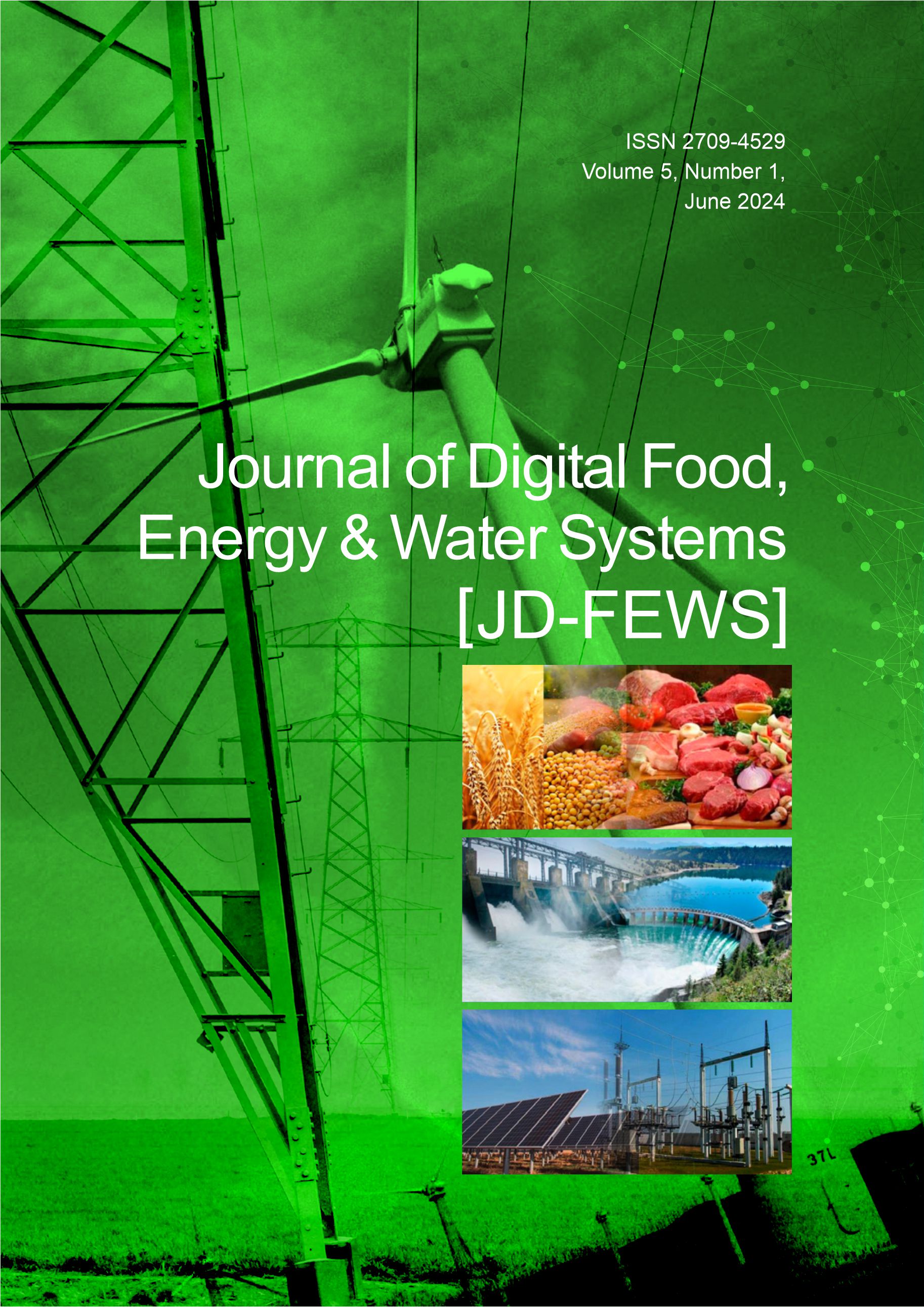Assessment of Roof Tilt and Building Azimuth for Off-Grid Photovoltaic Power for Buildings in Metropolitan Lagos, Nigeria
Main Article Content
Keywords
Off-grid, Strategic Technological Assessment, photovoltaic, power generation, Roof tilt, building azimuth, new housing developments, policy intelligence
Abstract
The study determined optimum roof tilt and building azimuth for rooftop-based distributed photovoltaic (PV) energy generation in Ikeja, Lagos State, Nigeria as strategic technological input to alternative power generation and new housing development in Metropolitan Lagos. The energy planning & foresight analysis methodology was used. The data were obtained via literature, Global Positioning System (GPS) systems, energy models and site visits; and comprised manual and satellite imagery, dimensions, roof angles and coordinates of the building structures in the study area (Rows between 0 – 60o, Columns between 0 – 180o; System sizes: 533 kW, 110 kW and 0.547 kW). The results showed solar array yield varied from 768,944 kWh per annum for a 500 kVA system to 780 kWh per annum for a 500 VA system. A five tier rooftop generation template of 245 MWp was consequently developed. Optimal roof tilt and building azimuth angles for the systems were estimated to be 5o and 180o respectively though combinations of azimuth and tilt angles not exceeding 30o tilt and 90o azimuth gave acceptable yields. The study concluded that the optimum roof tilt and building azimuth for rooftop-based distributed photovoltaic (PV) energy generation in the study area were strategic policy intelligence inputs for the renewable power generation and new housing development programmes of the Federal and Lagos State Governments.






